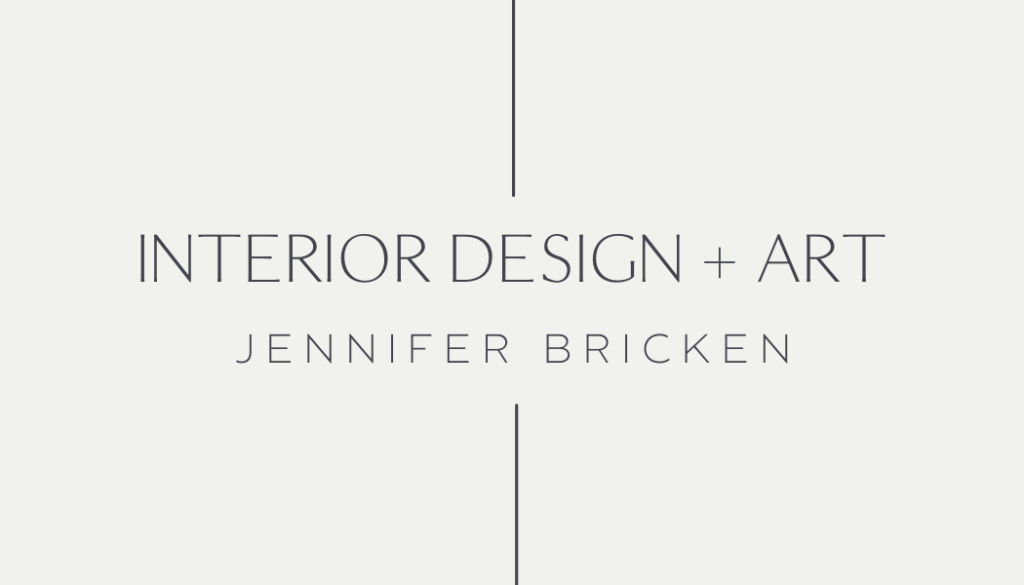
Interior Design and Architecture is in every facet of our lives. It is our shelter, the spaces we inhabit. Designers plan and create solutions for both residential and commercial uses, both small and large in scale, both interior and exterior spaces. With this responsibility comes choices that are inspired by, influenced by and also dictate the following:
structure (functional and artistic), the program (function, use of the space), the economics (funding and maintenance, energy saving), the aesthetics (visual elements), and the location (culture, climate and geography).
There exists a social responsibility to take care of the natural resources that we are given and from which all things are made. Managing these things well and even leaving something better than we found it is a mindset that I am inspired by.
Sustainable Interior Design and Architecture can help meet these goals in the design industry.
Words like Reduce, Reuse and Recycle are at the core of sustainable thinking and guide choices that will not leave a negative footprint on our world. Assessing how choices affect not only the environment, but also economy and society help guide this process. Thought processes in design like passive heating and cooling and using natural light all use resources that we already have to fulfill design requirements in some instances, especially in residential design.
The U.S. Green Building Council operates LEED, the world’s most widely used green building system. More than 100,000 buildings are participants as of recent. LEED has transformed how buildings and communities are designed, constructed, and operated, “enabling an environmentally and socially responsible, healthy, and prosperous environment that improves the quality of life.”
There are many product manufacturers who use processes that consider its environmental impact. Using recycled content, a renewable resource, and reducing toxic chemicals and environmental impacts throughout the life cycle of a material are all important in this thought process. Even the processes of distribution, manufacturing and end of life management are considered when selecting materials that would contribute towards a sustainable future.

“Green” products and sustainable design have been an interest of mine for many years. In the design industry, there are many conferences, websites and publications to learn more about these approaches. Manufacturers and vendors are knowledgable about their companies and what they were doing to create products that would contribute to the mindset of sustainability. As both an art teacher and interior designer, I am able to have students create works of art out of found objects and items that they would not consider typical art materials. From trash to fashion to recycled art, we explored the ideas of artistic expression and re use. This includes thinking about creative ways to use a product in a different way.

When I am working with a residential client, I consider what can be reused, repurposed, reupholstered, reworked in a way that we can use an item in our design while still meeting our design aesthetic. Using found objects in lighting design and as accents in design is a great way to reuse even other’s items that they no longer have a need for. Antiques fall into this category, as well. Even repurposing items such as an oriental rug. A rug could be cut into smaller pieces and used as pillows, stools, a bench seat or ottoman to name a few.
When planning dinners and / or celebrations, how can we reuse items for different occasions or buy items that have recycled content or are biodegradable? See these two past blog posts, summer holiday place setting for Memorial Day and the Fourth of July, Outdoor Gathering, A Summer Dinner Party for ideas regarding some environmental materials and reusing basic components for multiple uses. I will be posting more of these resources in an upcoming post! Borrowing items from friends and / or renting items is a good way to expand décor. Being creative with a kit of parts can be a great way to have a base to design from and add seasonal or specific elements to the design to make it one of a kind.
I recently began listening to the Chairish podcast. Mostly because they interviewed different designers and I love to be inspired by different points of view. I soon realized that this is an organization that buys and sells used items in design. It is high end and ranges from Furniture, Art, Lighting, Décor, Tabletop + Bar, Bed + Bath, Rugs, and Outdoor. They even have a feature for others to consign their items.
Shopping Locally for products for residential design is also a great way to think sustainably. Our supply chain and lead times have forced some to make these decisions out of necessity.
Even using social media to post items you would like to sell to others works towards reuse. We don’t always have the option to select or make every choice a sustainable choice, but when we can we are helping make a bigger impact for Sustainability. One last note, Sustainability needs to be good design and does not have to look like recycled cardboard. I love this image from Anna Bode’s website!

There are so many great resources out there to learn more about this subject from a designer to a homeowner. Included below are links I have found helpful from my research!
https://www.epa.gov/watersense/watersense-products
https://www.terrapinbrightgreen.com/reports/14-patterns/
https://www.wellcertified.com/certification/v2/
https://www.asid.org/sustainability
https://iida.org/articles/sustainability-in-design-converge-202
